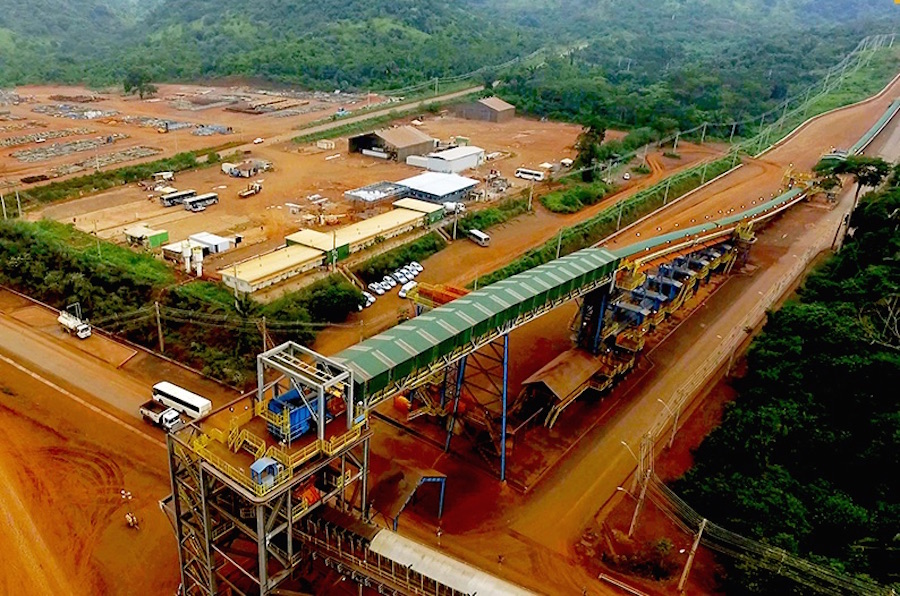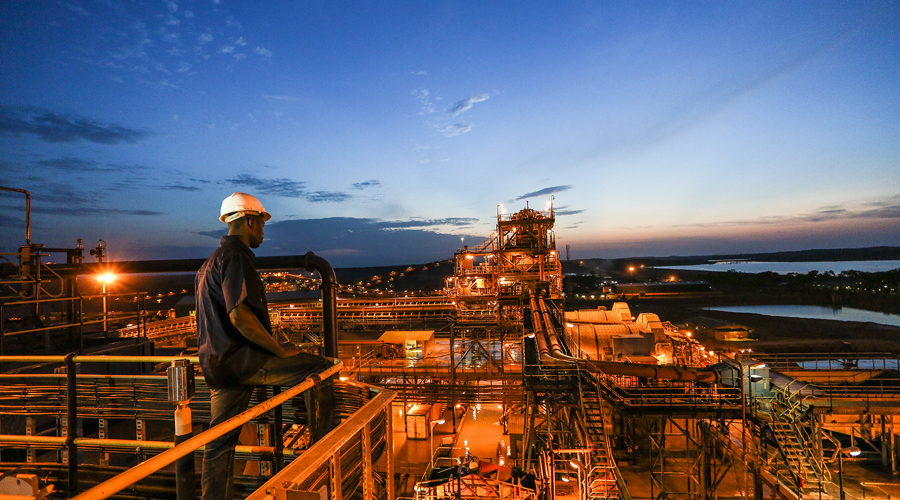Iron ore crashes again to below $58 a tonne

Iron ore prices were in full-scale retreat once again Friday, with the steelmaking material collapsing below the psychologically key $60 a tonne threshold, and marking the commodity third consecutive weekly fall.
Ore with 62% content in Qingdao lost $2.33 a tonne to close at $57.91, data from the Metal Bulletin shows, hitting a seven-month low partly due to lacklustre futures market ahead of a holiday in China.
Ore with 62% content in Qingdao lost $2.33 a tonne to close at $57.91, data from the Metal Bulletin shows, a seven-month low and the commodity third consecutive weekly fall.
Several other reasons have been cited lately to explain the sharp price collapse, including fresh worries about the health of China’s economy, as the nation consumes nearly three-quarters of the world’s seaborne ore.
But there are many more. Early this week, for one, iron ore stockpiles hit a new record high in China, taking the already bloated figure up to 22.05 million tonnes so far this year, based on data from Shanghai Steelhome E-Commerce Co. This means port holdings have already surpassed the 20.85 million added in 2016 and are sitting at the highest level on record.
Another headwind for iron ore demand is increasing use of scrap in China. In the past, low pig iron prices and little recycling meant scrap did not play much of a part in the domestic industry. This is especially true when compared to places like Europe, where steelmakers charge up to around 18% scrap in basic oxygen furnaces (around 20% scrap is a technical limitation).
Worries about a recent pickup in market interest rates in China and the prospect of a slowdown in the country’s property market, have also been cited as factors dragging iron ore prices down.
Then, there is the ever present issue of a global glut, which has worsened in recent months due to fresh supply coming from recently opened mines, such as Roy Hill in Australia, Anglo American’s Minas Rio and Vale’s S11D in Brazil.
The worsening market situation has prompted analysts, such as BMI Research to revise their prices outlook down. Earlier this month, the research arm of Fitch Group said it expected seaborne to drop to $65 a tonne this year (down from a previous forecast price of $70), and $50 in 2018, to end up touching a low of $44 by 2021.
{{ commodity.name }}
{{ post.title }}
{{ post.date }}




Comments